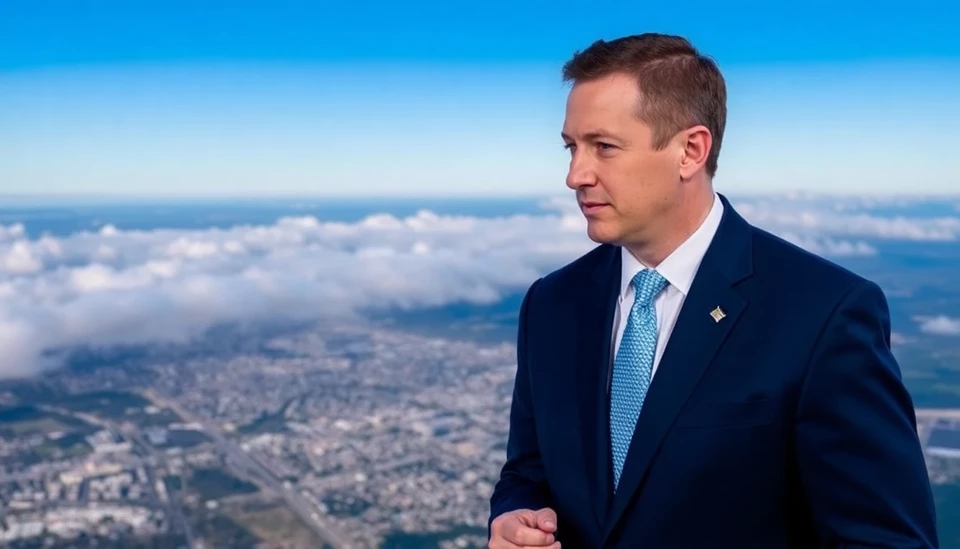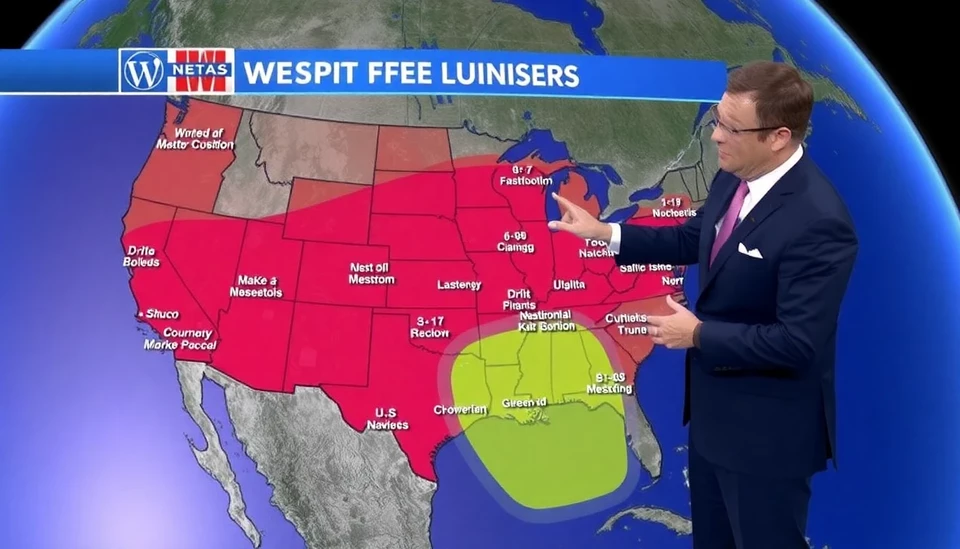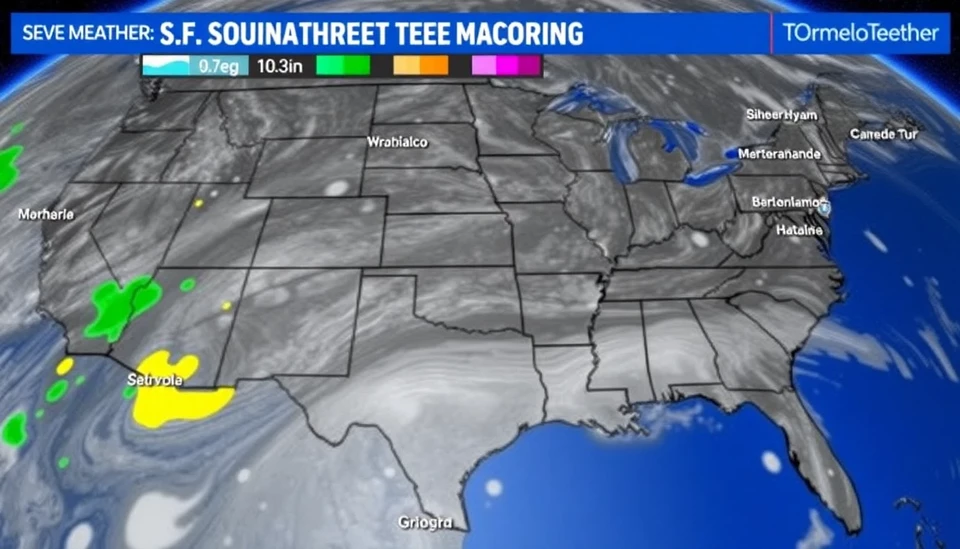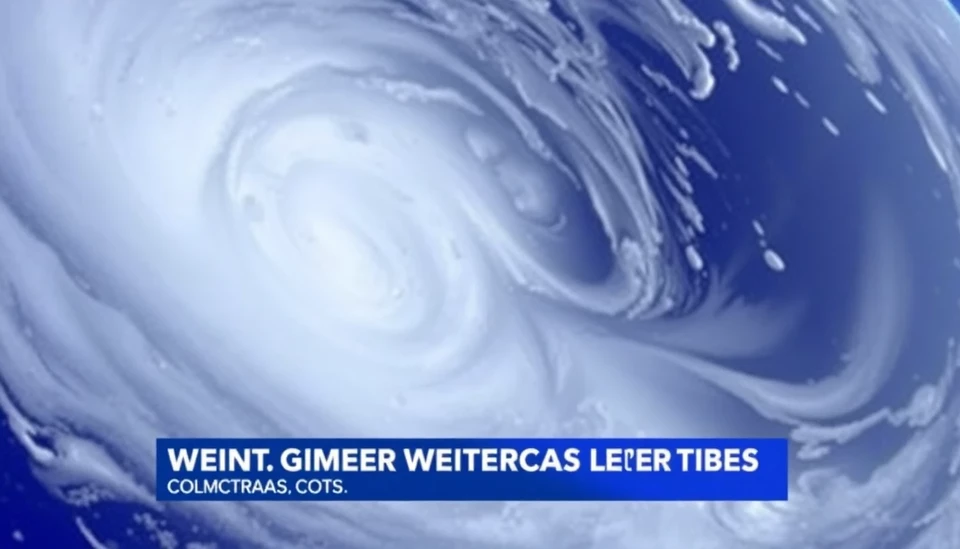
The National Oceanic and Atmospheric Administration (NOAA) has embarked on a significant restructuring of its National Weather Service (NWS), merging several of its offices to address mounting staffing pressures. This move comes as the agency grapples with a labor shortage and an increased demand for its services, particularly in light of climate change and more frequent extreme weather events.
The restructuring plan, which involves the consolidation of various NWS offices across the country, is a response to both budget constraints and staffing challenges. Many meteorologists within the service have raised concerns about the growing responsibility placed upon them, as a declining number of staff is forced to cover an increasingly wide range of duties. As a result, the NWS is adopting a more integrated approach to its operations, in an effort to efficiently allocate its resources and enhance its forecasting capabilities.
Recent reports indicate that the agency’s workforce has dwindled over the past few years, leading to issues such as prolonged gaps in staffing and diminished operational readiness. This trend poses significant challenges, especially as the frequency of severe weather incidents continues to rise. The NOAA is keenly aware that timely and accurate weather predictions are essential to mitigate the impacts of storms, floods, and other hazardous situations, which makes staffing a top priority.
By merging offices, the NWS aims to create a more robust framework that can better address the operational demands and challenges of modern meteorology. The NWS currently operates more than 120 Weather Forecast Offices across the United States; the consolidation process is expected to enhance collaboration and resource sharing among meteorologists, thereby improving overall service delivery.
In a statement regarding the changes, NOAA officials emphasized that the decision was made with the intent of safeguarding the NWS's commitment to public safety. They reiterated that the goal is not just to streamline operations but to ensure that communities receive accurate weather information in a timely manner, especially during critical weather events.
While the merger of offices might seem like a straightforward solution, it is not without its challenges. The NOAA will need to navigate potential resistance among employees and the local communities that rely on their specific offices. Furthermore, it will require careful planning to make sure that no gaps in service occur as new configurations are put into place.
This strategic realignment comes on the heels of intense scrutiny regarding the agency's ability to adapt to the rapidly changing climate. As weather patterns grow increasingly erratic, the NWS recognizes the urgency of being prepared for these shifts, both in terms of staffing and operational agility.
Overall, the weather service's proactive steps to address its structural issues signify a crucial response to the growing demands of meteorological science in a world facing unprecedented environmental challenges. As the NWS seeks to streamline its operations through this merger strategy, the focus remains on improving service efficiency and enhancing weather forecasting capabilities for the benefit of all Americans.
As the restructuring unfolds, stakeholders and communities nationwide will be watching closely to ensure that the changes translate into real improvements in weather forecasting and public safety measures.
#WeatherService #NOAA #StaffingChallenges #Meteorology #ClimateChange #WeatherForecast #PublicSafety
Author: Megan Clarke



